GANGHWADO FULL-DAY TOUR (I)
-
- Price
- 120,000 KRW / Person
- Minimun Pax
- 2 People
- Time
- Daily 09:00am ~ 17:30pm
- Inclusion
- Transportation, English-speaking Tour Guide, Admission Fees, Hotel Pick-up/Drop-off Service, Lunch, VAT.
- Exclusion
- Personal Expenses.
Tour Course
-
- Hotel
- Ganghwado Seashore Driving (NNL)
- Ganghwado Peace Observatory
- Lunch (Bibimbap)
- Jeondeungsa Temple
- Gwangseongbo
- Ganghwa History Museum
- Amethyst or Ginseng Center
- Hotel.
Highlights
-
-
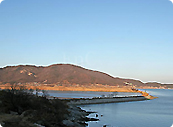
-
- Ganghwa Islands
-
For centuries, Ganghwa Island has served as both a getaway and a gatekeeper to Korea.
In the 13th century, the Korean royal court fled to the island fortress, strategically located at the mouth of the Han River, as the Mongols swept down upon Korea.
In the 19th century, French, American and Japanese invaders attacked the island, waging fierce battles below its bastion walls.
Later, more foreigners, this time Christian missionaries from Britain and elsewhere, would set foot on the island, dotting the countryside with Korean-style churches—some of which stand to this day.
Located just an hour's drive west of Seoul, Ganghwa Island still gets a large number of visitors, although mostly in the form of tourists.
- Ganghwa Islands
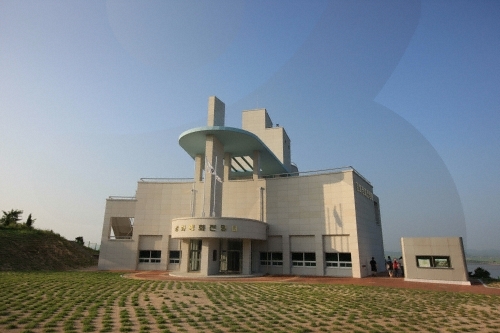
-
- Ganghwado Peace Observatory
-
Ganghwa Peace Observatory is opened September 9th, 2008 in the Civilian Control Line in northern forest land of Cheolsan-ri, Yangsa-myeon where was restricted area. It is the place to feel unique northern culture very close.
There are high performance telescope, experience Ganghwa national defense and provocation of North Korea, comparison national defense power between South and North Korea, unification policy for endless war and the way to gather as the same Korean race, the times and backgrounds of the Korean War, and visual facilities to watch damage conditions of the tragedy in the exhibition room of second floor.
And observatory in the third floor, you can look around the view of North Korea. Observatory shows life style of North Korean, created town for disguise, Gaeseong Industrial Complex Tower, Songaksan, and various obstacles and also provides screen for bad weathers.
- Ganghwado Peace Observatory
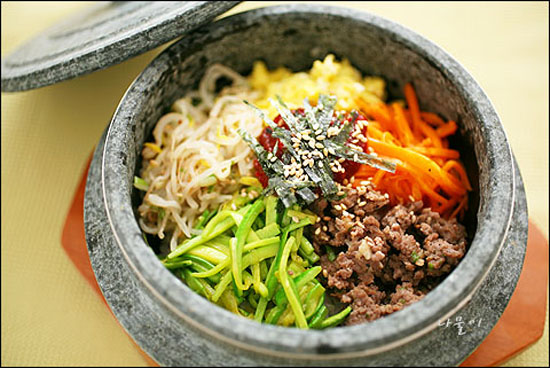
-
- Lunch(Bibimbap)
- Bibimbap is a signature Korean dish. The word literally means "mixed rice". Bibimbap is served as a bowl of warm white rice topped with namul (sautéed and seasoned vegetables) and gochujang (chili pepper paste), soy sauce, or doenjang, a salty soybean paste. A raw or fried egg and sliced meat (usually beef) are common additions. The hot dish is stirred together thoroughly just before eating.
- Lunch(Bibimbap)
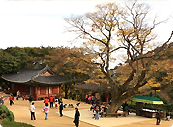
-
- Jeondeung Temple
-
Jeondeungsa Temple was originally called Jinjongsa during the Goryeo Dynasty. It functioned as a sanctuary enshrining family ancestors. Jeondeungsa Temple is located in Samrangseong Fortress, which is said to have been built by three sons of Dangun, the founder of Korea.
Jeondeungsa Temple contains significant architectural works, including the main building Daeungbojeon. Decorated with delicate carvings, it is a superlative example of the architecture of the mid-Joseon Dynasty. The canopy situated above the Buddha statue inside Daeungbojeon building showcases masterful workmanship. On the walls and columns of Daeungbojeon, visitors can see names of soldiers written on the walls.
- Jeondeung Temple
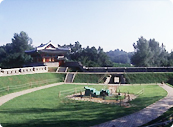
-
- Gwangseongbo
- Gwangseongbo Fortress's outer wall from the Goryeo era was mended in 1618. The fortress was built in 1656 and the outpost was constructed in 1679. It was completely remodeled into a masonry castle with gates in 1745. In 1988, an extensive rest area was created toward the shore for visitors' convenience. Gwangseongbo Fortress is presently designated as Historical Relic No. 227. A religious service known as Gwangseongje is held annually to commemorate the patriotic spirits of General Eo Jae-yeon and other unnamed warriors.
- Gwangseongbo
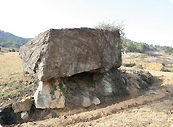
-
- Dolmen
-
'Dolmens' are stone graves/tombs which date back to the pre-historic era. Dolmens are largely concentrated in Northeast Asia with Korea alone being home to a total of around 30,000 dolmens.
The Ganghwa Dolmen Heritage Site encompasses roughly 120 dolmens, most of which are Northern-style dolmen that are made of large pieces of stone 7.1m in length and 2.6m in height. The dolmens in this region are found in unusual altitudes of 100-200m above sea level and reveal important information about the prehistoric period.
The Ganghwa Dolmen site was registered as a UNESCO World Heritage in Nov. 29th, 2000 along with Gochang Dolmen and Hwasun Dolmen sites.
- Dolmen
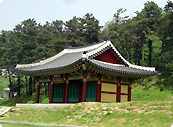
-
- Goryeo Royal Palace Site
-
Goryeo Royal Palace Site on Ganghwa Island is the site of the royal palace where the people of the Goryeo Dynasty (918-1392) resisted the Mongolian invasion for 39 years.
In June 1232, King Gojong moved his capital to Ganghwa on account of its natural and strategic advantages. The construction of the government office and the royal palace in Ganghwa was completed in 1234. Ganghwa Island holds historical significance as the place where metal type was developed and where the Palman Daejanggyeong (the Tripitaka Koreana printing woodblocks) were made during the Goryeo dynasty. Upon the conclusion of the peace treaty with Mongolian forces in May 1270, the capital was moved back to Gaeseong (present-day Gaeseong in North Korea), and the royal palace in Ganghwa was subsequently destroyed.
- Goryeo Royal Palace Site
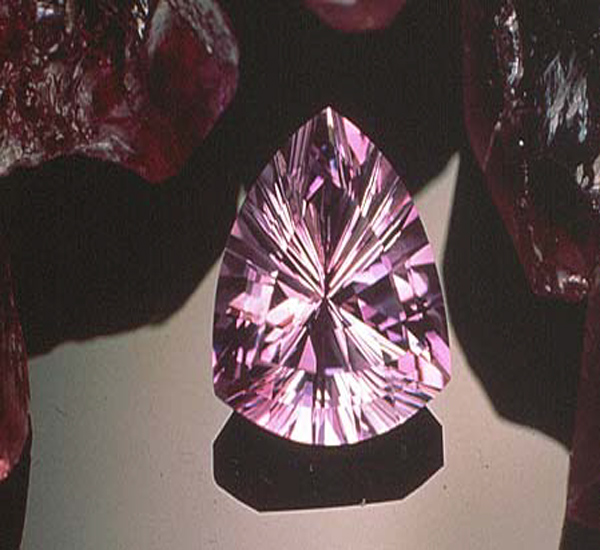
-
- Amethyst or Ginseng Center
-
The colour of Amethyst is as unique as it is seductive, though in fact this gemstone of all gemstones is said to protect its wearer against seduction.
Korean Amethyst is extravagance in violet since it has been formed from granite stone base since 5000 years. Moses described it as a symbol of the Spirit of God in the official robes of the High Priest of the Jews, and the Russian Empress Catherine the Great sent thousands of miners into the Urals to look for it. It was said to protect crops against tempests and locusts, bring good fortune in war and in the hunt, drive out evil spirits and inspire the intellect.
- Amethyst or Ginseng Center
-


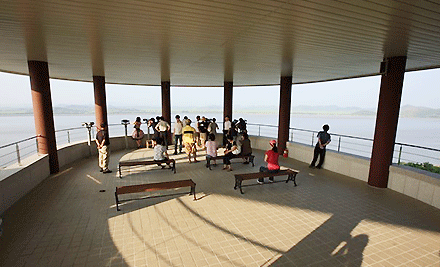

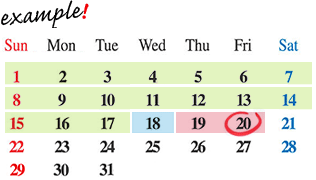

 E-mail
E-mail


























